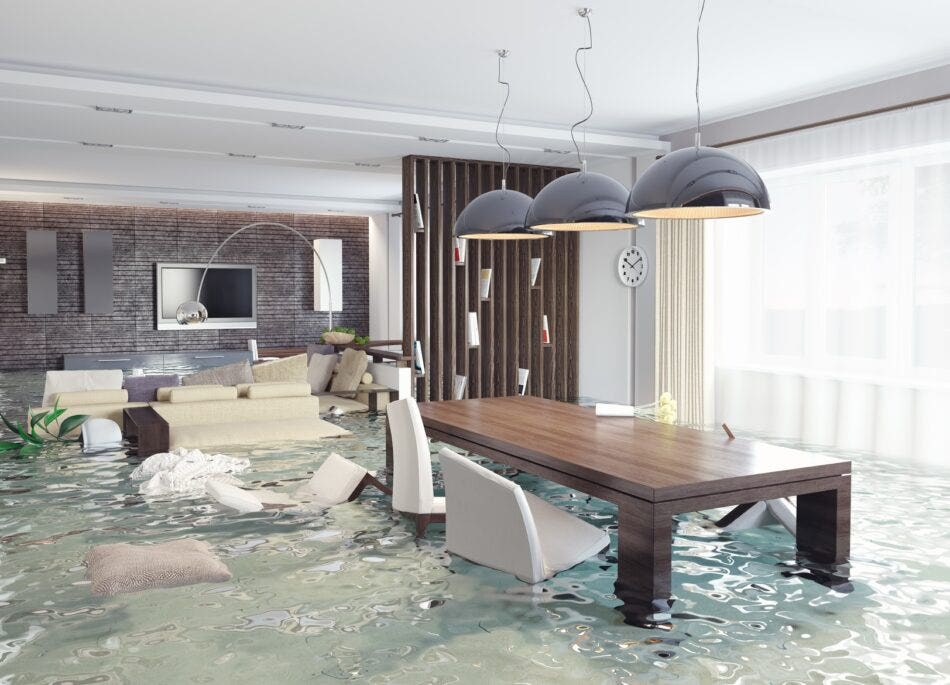Flooding can affect nearly every homeowner, whether it’s an overflow of a river or poor drainage during a big rainstorm. Overland water coverage can help protect your home from such damage. Generally, this protection is an add-on coverage (known as an endorsement) available on home, condo and renter’s insurance policies. However, overland water coverage is not offered by all insurance companies or in all locations. You’ll need to talk to your broker to see if your home is eligible.
What does overland water insurance cover?
Overland water covers damage or loss to your home caused by surface water entering your home from above ground, such as the overflow of a body of freshwater or the sudden accumulation of water due to rainfall or spring thaw. Every insurance company may have slightly different definitions of overland water, so it’s important to understand what your insurer covers.
What doesn’t overland water insurance cover?
Overland water insurance is designed for a very specific risk to your home – damage or loss caused by surface water entering your home from above ground. Surface water is normally defined as overflow from a body of freshwater or accumulation of water due to rainfall or melting snow. Any other type of water, such as tidal waves or tsunamis, are not covered.
Water entering from below your home (groundwater) may also not be covered. Some insurers are starting to offer protection from this risk as well.
Intentional breaches of man-made structures such as dams, dikes and levees are also not always covered by overland water insurance.
Overland Water is Part of a Package
Generally, overland water insurance is part of a package with sewer backup coverage. This means you cannot have overland water protection without also getting sewer backup protection. Some insurers also offer other water-related coverage like groundwater and service line protection.
The reason overland is packaged with sewer backup is that sewer backup (water or sewage entering your home from your drains or fixtures) is a separate risk but one that often occurs when you have an overland water risk. This is because sewers and drainage systems get overwhelmed during a flood event and can cause sewer backup at the same time.
Overland water and sewer backup coverage work together to protect your home. As both are caused by similar circumstances it makes sense to pair these two together.
Deductibles and Policy Limits
Overland water coverage can have a separate deductible and limit. It’s important to review these with your broker. The higher your deductible, the more you’ll pay if you have a claim, but your premium will also be lower. Your policy limit should reflect the expected cost of clean up and repairs or replacements if an overland water claim should occur.
Mitigation Devices
Many insurers offer allowances for installing mitigation devices after you have an insured claim. You may even be required to install such devices for your coverage to continue. This allowance can be applied towards sump pumps or backwater valves.
Devices such as backwater valves, sump pumps, and water alarms may also get you a discount on this coverage. This is because these devices are proven to effectively mitigate or reduce damage.
How much does overland water insurance cost?
The cost of overland water insurance will depend on many factors:
- How close you are to a body of water
- Flood maps of your location
- Claims history of your neighbourhood
- If you have any mitigation devices installed
- Your deductible and limit
Every insurance company calculates rates differently.
How do I get overland water coverage?
If available in your area, you can get overland water coverage at any time. You do not have to wait until your home, condo, or tenant insurance policy renews. Talk to your broker to discuss this protection.

